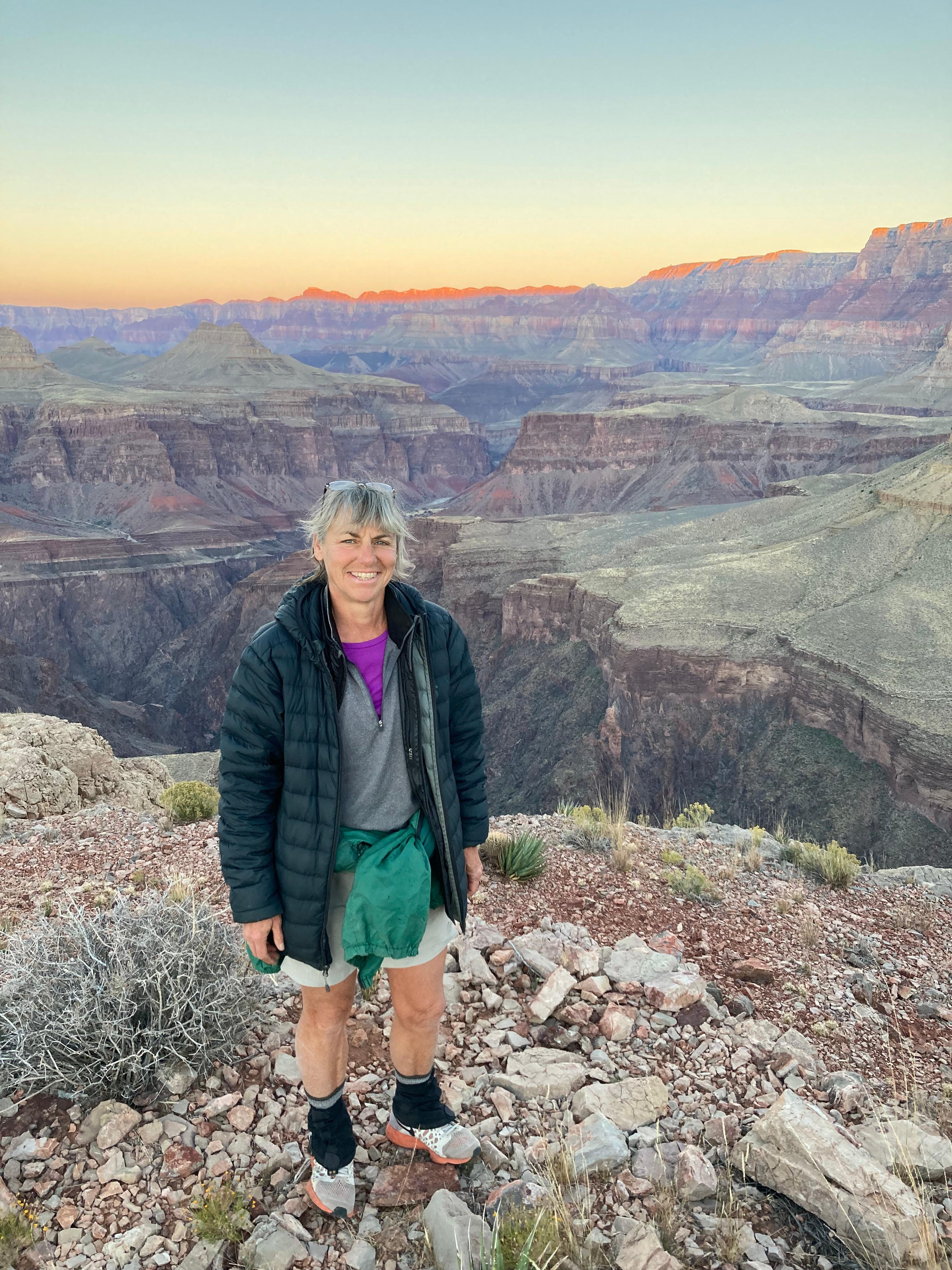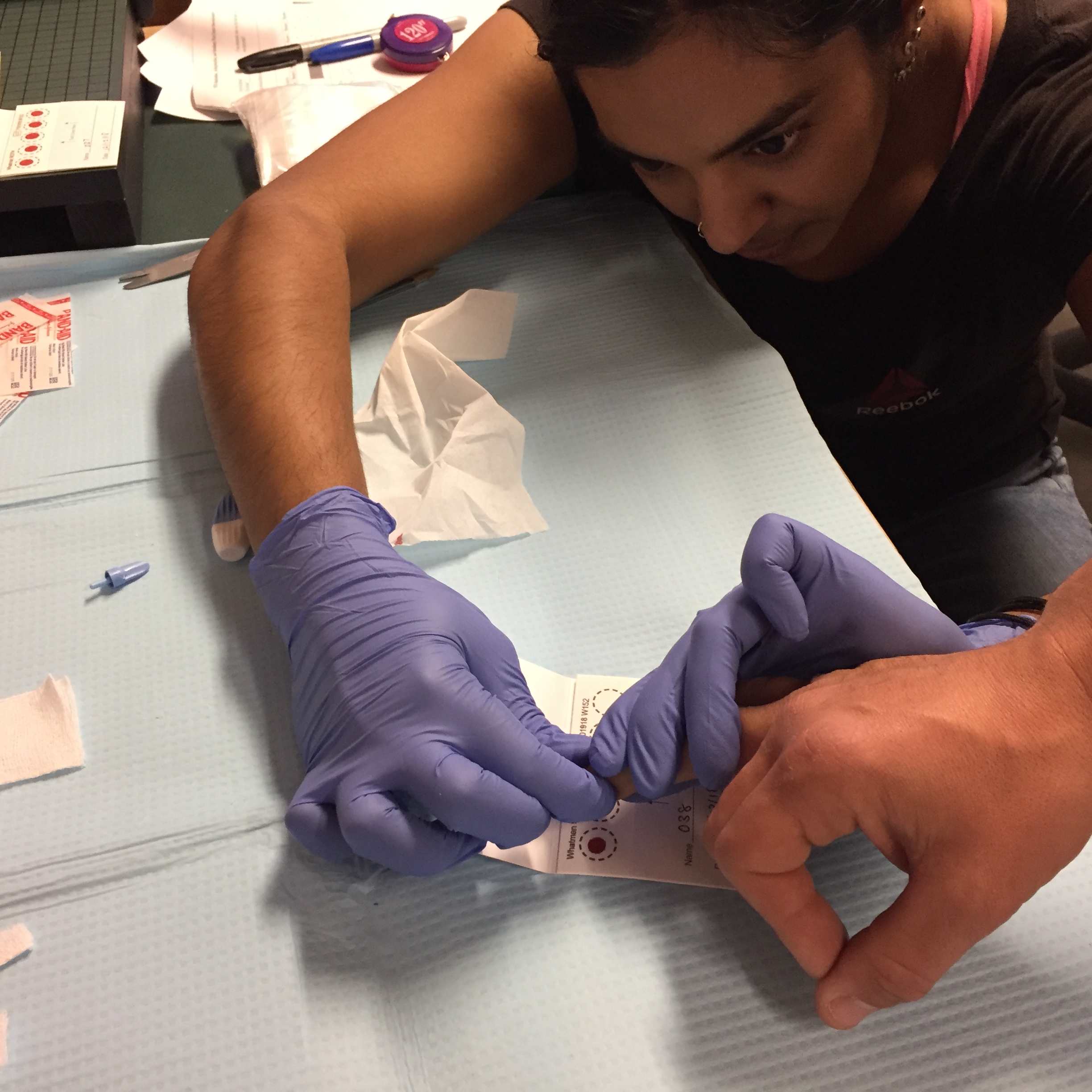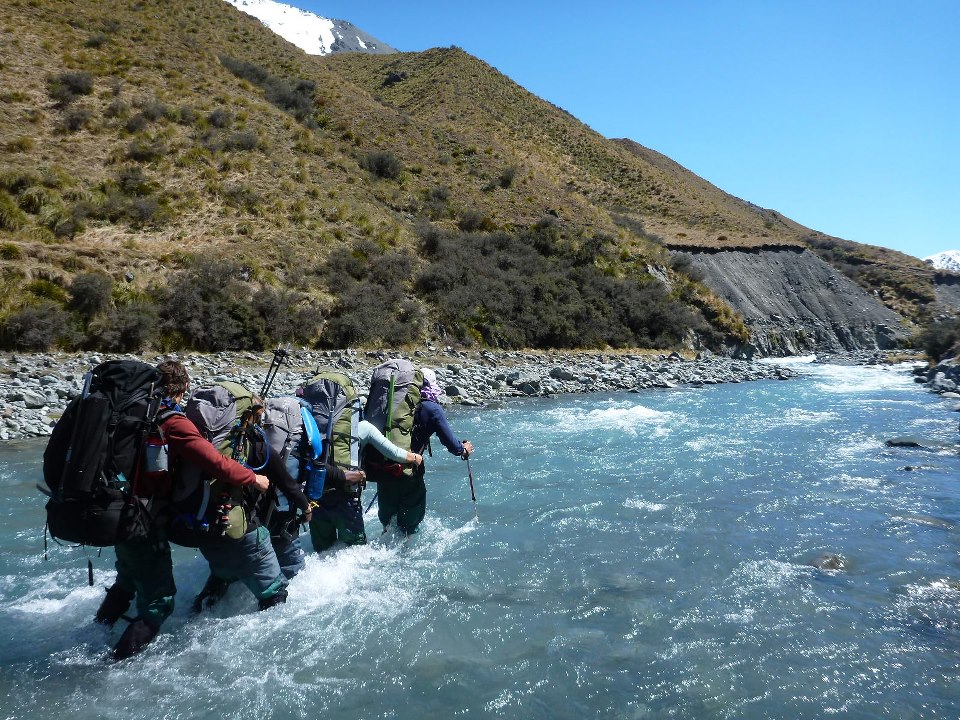
Last summer, the Antler River was a knee-deep stream flowing through a broad meadow deep in the mountains of Alaska. Now, it was a moving lake, flooding the entire meadow.
Tracy’s group arrived at the river first, and the rest of her course, a group of 12 students and 3 instructors, followed soon after.
To get to their re-ration site in time to resupply food, fuel, and chocolate malt balls, they needed to reach the other side of the meadow. The group scouted for a crossing—wading into chest-deep water and scouting up and down the river—with no success.
They decided to set up camp for the night and made a plan to travel upstream the next day—hopefully, they could find a better place to cross.
This situation from a NOLS backpacking course is a prime example of an ill-structured problem—a problem that has unclear goals and incomplete information.
.jpg)
These types of problems are a natural part of wilderness travel—making your way through a dynamic environment and solving problems with the resources you have at hand.
As society becomes more complex and diverse, the ability to solve ill-structured problems (ISPs) is an increasingly valuable skill.
Research by Rachel Collins and Jim Sibthorp at the University of Utah, and John Gookin at NOLS, has shown that practice leads to measurably stronger ill-structured problem-solving skills among NOLS semester graduates than among a comparable group of college students in a classroom-based semester-long leadership course.
The researchers created two hypothetical campus leadership scenarios and tested the students’ abilities to solve problems. They rated the students’ success in five subscales of ISP-solving at the beginning of the semester with one of the scenarios, and at the end of the semester with the other (which problem each student saw first was random).
The Five Ill-Structured Problem-Solving Sub-Scales
- Representing the problem
- Developing solutions
- Making justifications
- Monitoring and evaluating
- Problem-solving stages
Students who participated in the NOLS semester showed significant growth in all five subscales at the end of the semester. Their peers in the classroom leadership course, on the other hand, showed no change in any of them.
Researchers cited three reasons wilderness education offers a well-suited environment for learning to solve ISPs:
1. Immediate Relevance of Learning
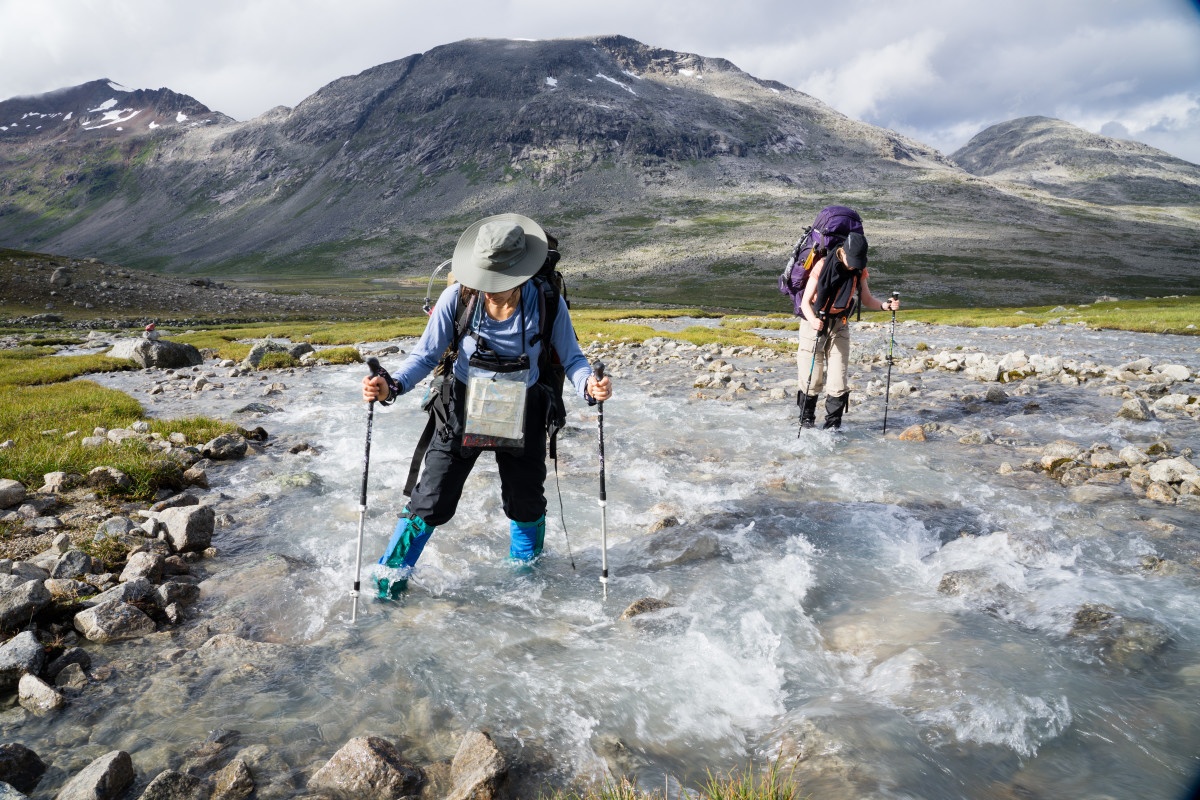
Problems that are immediately relevant do not go away on their own.
In the example from Tracy’s course, the group’s problem could only be solved by them taking action. As they tested solutions, the group needed to keep adapting and thinking of new options using only the resources they had available.
Unlike many of the problems students are asked to solve in school, these problems don't have fixed answers or single solutions.
The advantage of working on problems that are immediately relevant is that retention of these problem-solving skills is higher and the learning happens more quickly, according to a 2004 study by Sibthorp and Skye Arthur-Banning.
2. Changes in Cognitive Equilibration
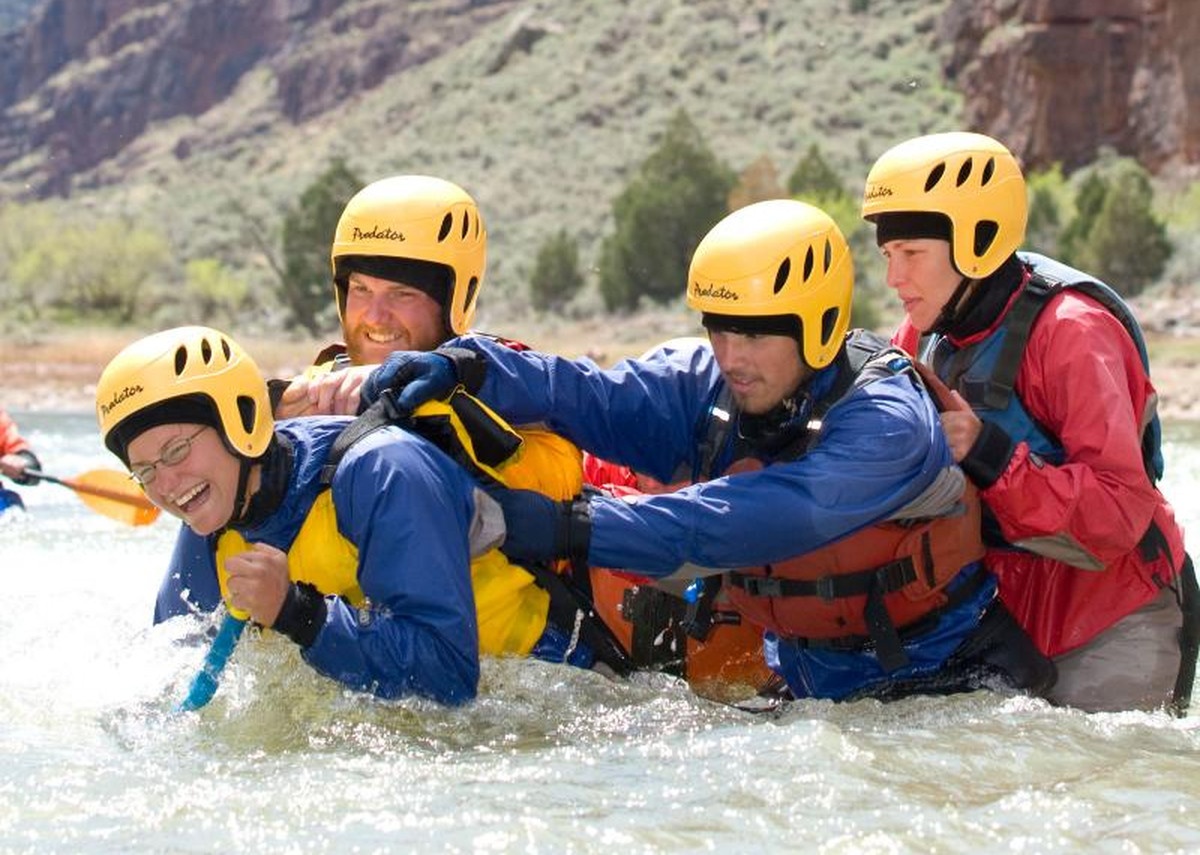
Cognitive equilibration is the process of matching what you’re seeing or feeling with your internal understanding of the world, and vice versa.
For many NOLS students, wilderness travel is novel and they don’t have pre-established frames of reference. Being in an unfamiliar setting encourages truly creative thinking. It’s part of why outdoor settings are so effective at teaching this skill—the environment requires you to adapt and respond as it constantly changes.
Making a decision about a river crossing, for example, isn’t a typical part of daily life—there’s usually a bridge or a detour, which means you’ve never had to think about solving that problem before.
Because of that, when students are exposed to the new situations and problems they’ll see while traveling in the wilderness, their cognitive structures—their way of thinking—are presented with a totally new problem. Growing this ability to adapt means they’re better able to respond to new problems they’ll encounter in the future.
3. Supportive and Collaborative Nature of the Small Group Expedition
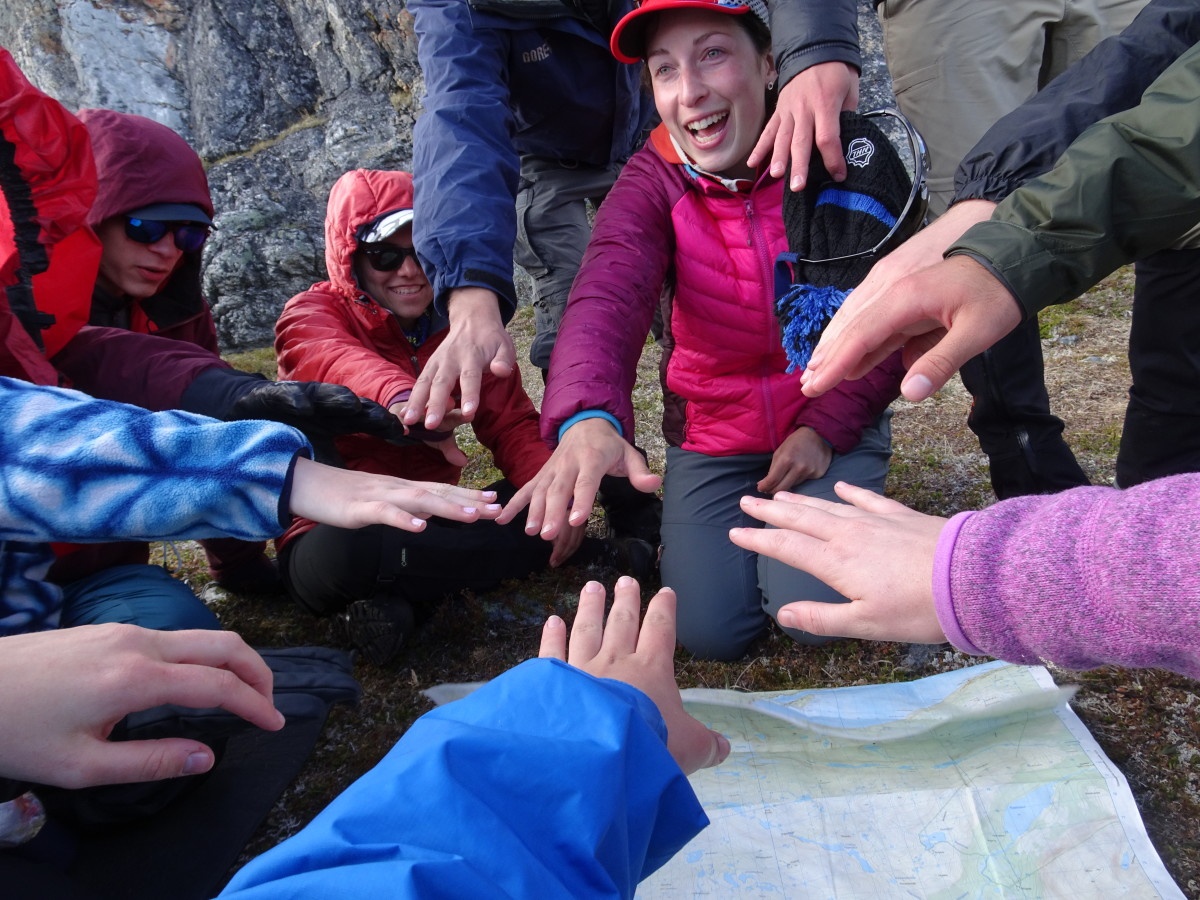
As a result of remoteness and necessary group functioning, expedition groups tend to become supportive and collaborative networks for accomplishing group goals.
In other words, situations in the wilderness routinely arise that can only be resolved using teamwork—you can’t safely cross a large river alone, so you learn the collaborative skills to address the problem.
For Tracy’s group, crossing this river wasn’t the first problem they’d had to solve together. They had spent previous days learning to keep gear organized in their tents, making decisions about routes, and communicating to make sure everyone was ready to leave camp on time. Solving problems was a simple part of daily life that built their group’s interdependence. It prepared them to solve bigger problems in the future.
In particular, a semester in the outdoors offers a sustained opportunity to develop this group culture in a variety of settings, as these students switched from backpacking to climbing to rafting. Each new day kept stretching their ISP solving abilities.
And why does being able to solve an ISP matter? ISPs are problems like climate change or gender discrimination—sticky problems with multiple facets and no single, perfect solution.
The people who can act to solve these problems are creative, can adapt, and will step forward when they see an opportunity. Fortunately, as this research demonstrates, these are behaviors that anyone can learn once they have the opportunity—and the wilderness is a perfect place to do that.
Develop leadership skills on a NOLS semester.
If you’re wondering what happened with Tracy and her course—after two and a half days of hiking upstream, they found a section of the river narrow enough to cross using a Tyrolean traverse and arrived at the site of their resupply. Chocolate malt balls and smiles abounded.
[Editor’s note: Post adapted from the summer 2018 issue of The Leader]
- Leadership Skills
- Semester
- Leadership Education
- Research
- Problem Solving
- Outdoor Semester
- Leadership
Written By
Shannon Rochelle
Shannon has been a NOLS instructor since 1999 and has been deeply involved in curriculum review and revision as a Program Supervisor in Alaska in the 2000s, as Research Manager from 2014 to 2020, and as Expedition Curriculum Manager since 2020. Her long tenure with NOLS and graduate studies in ecology give Shannon a unique perspective on reviewing and fostering positive adaptation to NOLS curriculum. Shannon has been a key figure in the creation of the NOLS Living Curriculum Initiative, which garners curriculum input from across the school, resourcing the many specialities and knowledge skill sets our instructors bring with them to NOLS. In her free time, Shannon enjoys running across the spectacular mountains and plains of Wyoming with her dog.


